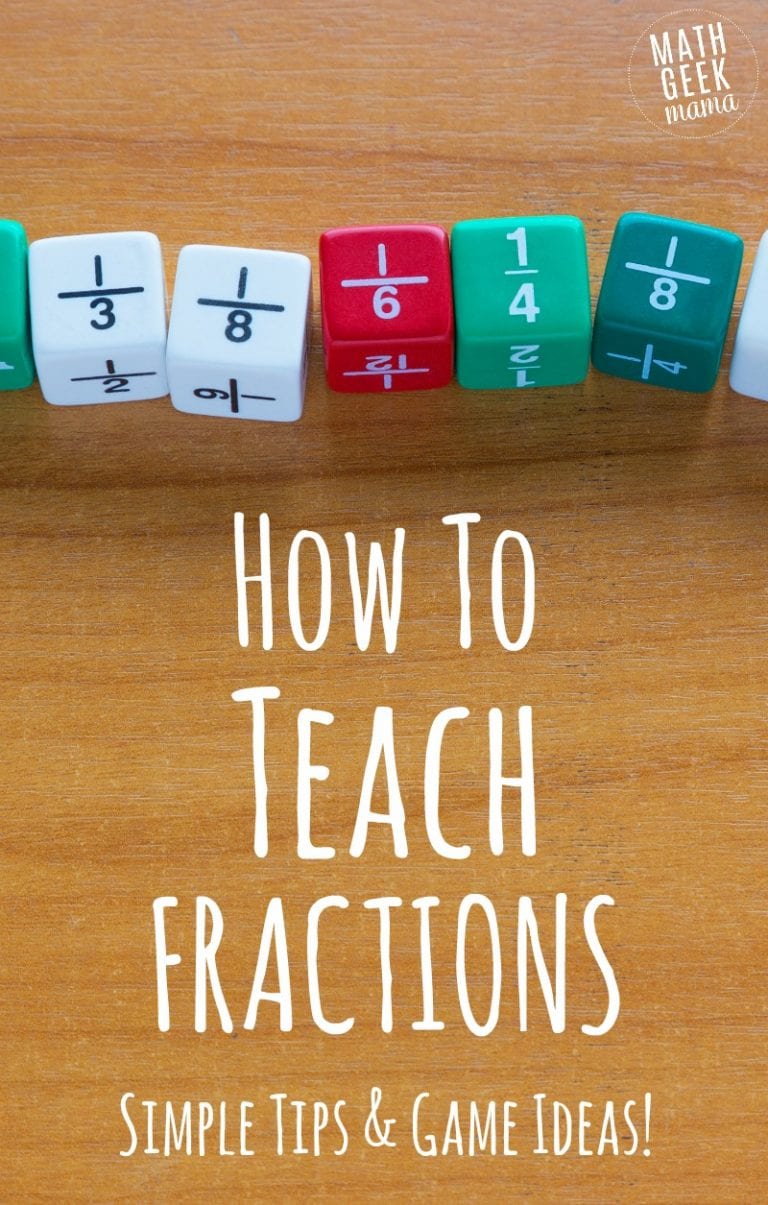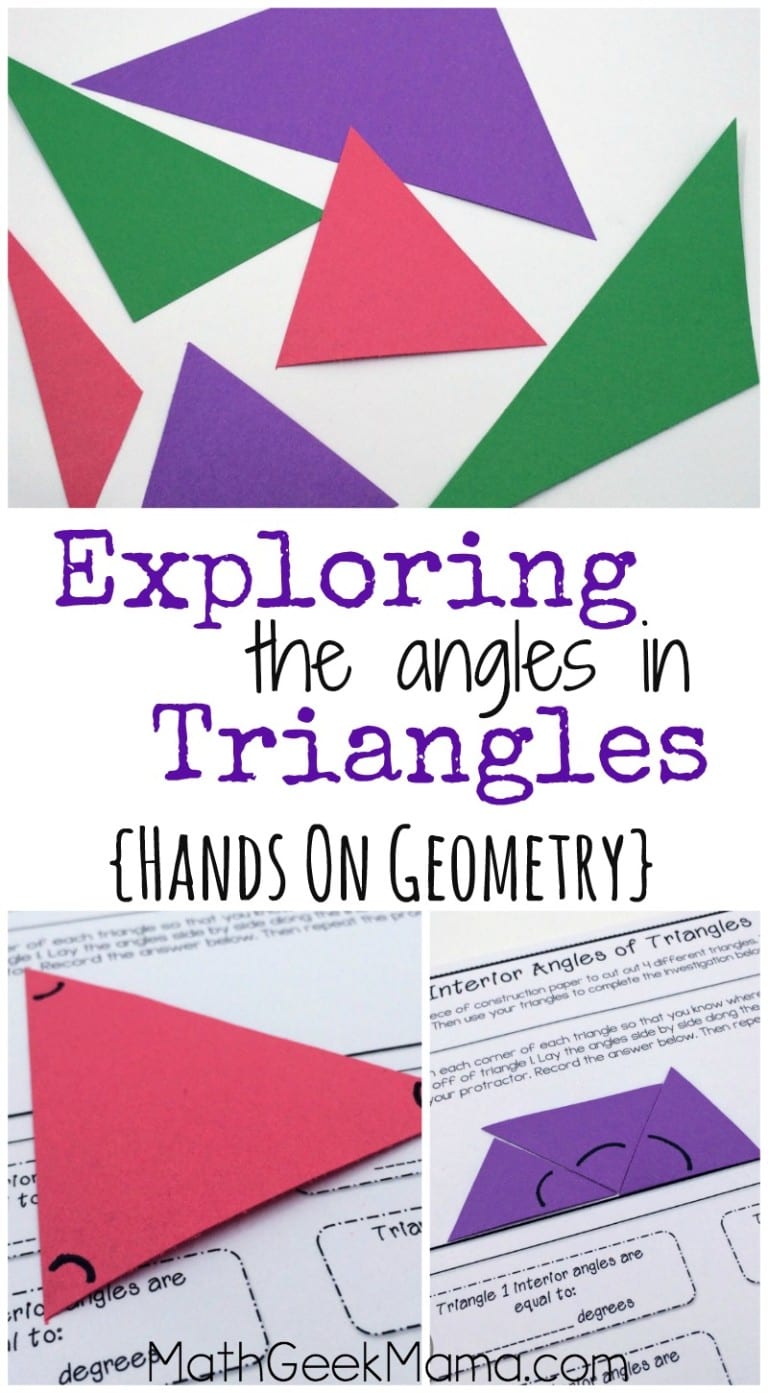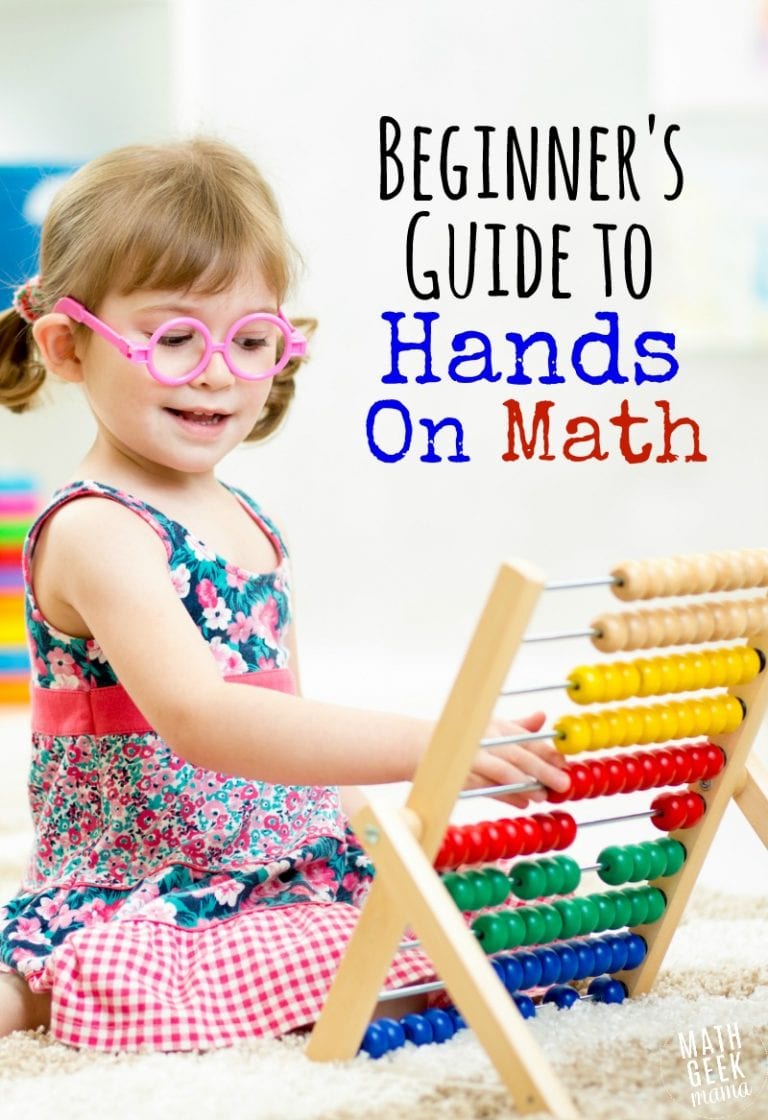Sometimes Quality is More Important than Quantity

Photo Credit: woodleywonderworks via Compfight cc {text added}
When I was student teaching, one of the classes I taught in was an honors 8th grade pre-algebra class. It was a fun group, and I really enjoyed working with that teacher, but the thing that sticks out the most is the day we spent the entire class period working on one problem.
Yup, forty-five minutes, one problem.
At the time, I was shocked that the teacher would spend so much time on just one problem! But as I watched the students interacting with the problem, and each other, and listened to the discussions they were able to have, I began to understand.
Click to Tweet: Sometimes, in math instruction, quality is more important than quantity.
Of course, math takes practice. And yes, there are many computational aspects of math that need to be practiced for students to become fluent and able to compute with ease. But what is the ultimate goal of math learning? To be able to work out long math computations without a calculator or to think through difficult problems and work towards a solution? To memorize a list of math facts that don’t seem to matter much, or to learn to think logically and outside the box?
I would argue that the goal of math instruction should always be to raise up independent thinkers and problem solvers who have a deep understanding of how numbers work and relate to each other, and who can see patterns and use them to solve meaningful problems.
3 Reasons to Teach Math Through Problem Solving:
1. It Encourages Important Discussion
Math is a language, and it needs to be discussed to be learned on a deeper level (just like any language). When students are working together to talk about and think through a problem, they are helping each other make connections and understand the math conceptually, rather than simply memorizing facts. In addition, when students are able to talk about and explain what they’re doing, they are more likely to remember it. The best way to really learn and remember something is to teach it to someone else.
2. It Helps Students Understand That There is Always More Than One Way to Solve a Math Problem
When I was teaching high school, one topic that I taught was exponential functions. One day, I presented the king’s chessboard problem to my students, put them in small groups of 3-4 and simply said, “Solve it.” I did not give any directions, vocabulary or guidance. I just wanted to watch them work and listen to their ideas and discussions. And you know what? It was beautiful! There were multiple approaches that groups took to solve it. Some made a table, while others organized the information differently. Some groups made a graph. Some groups knew and recognized the pattern but didn’t know how to express it mathematically, while others knew that it was exponential and could help explain it. We were then able to discuss exponential growth and what it looked like, and where we see examples in real life.
Seeing the different ways others thought about and tackled the problem was beneficial to everyone.
3. It’s More Engaging Than Teacher-Directed Instruction
At the end of the class, I would say students knew just as much about exponential functions, if not more, than if I had simply stood at the board lecturing to them. But there were, without a doubt, more students engaged in learning than on days when I would stand at the board telling them about it. This was a group of students who were (mostly) uninterested in math. But any day that I presented them with some sort of investigation, or challenging problem, they were much more engaged and enjoyed the chance to work with their peers rather than just listen to me talk.
So yes, maybe sometimes it is ok to spend all our “instructional time” on just one problem.
For another fascinating read on mathematics instruction, check out this article on some of the techniques used in Japan (one of the world’s leading nations when it comes to math rankings).
Another useful resource for me has been the book Teaching Mathematics Through Problem Solving: Grades 6-12 from the National Council of Teachers of Mathematics. (And although I have not read it, there is a similar book for younger grades:Teaching Mathematics Through Problem Solving: Prekindergarten-Grade 6
)
What do you think? Do you introduce or teach concepts through problem solving? Do you encourage students to get in groups and discuss problems together?
~Math Geek Mama
*Please note: Some of the links in this post are affiliate links and help support the work of this site. Thanks for understanding! Feel free to read our full disclosure policy here.*











